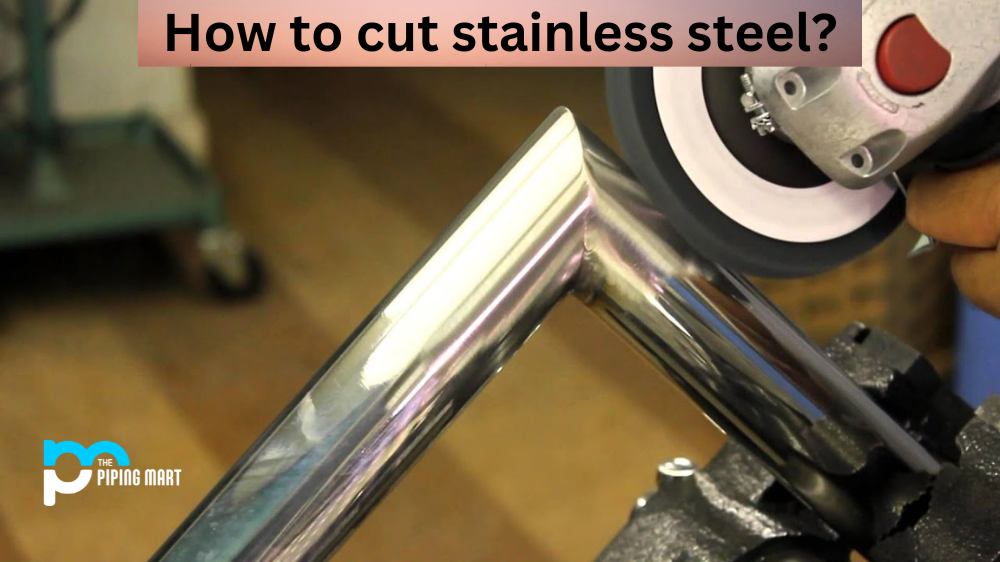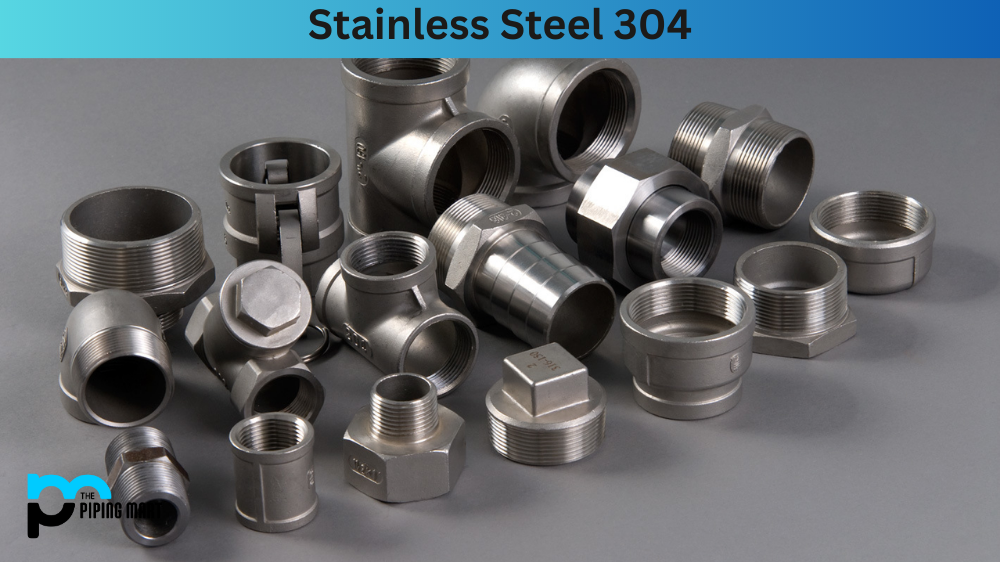Stainless steel is a durable and versatile material, but it can be challenging to cut. In order to get the job done correctly and safely, you’ll need the right tools and techniques. Let’s take a look at how to properly cut stainless steel so that your project comes out looking great!
Cutting Tools
The tools you use for cutting stainless steel will depend on the type of material you are working with and the size of the project. For thin sheets of stainless steel, a rotary tool fitted with an abrasive metal-cutting disc works well. Thicker sheets may require the use of a power shear or plasma cutter. If necessary, you can also use an angle grinder fitted with a cut-off wheel or a hacksaw with a tungsten carbide blade. Always make sure your tools are in good condition before starting any project involving cutting stainless steel.
Safety Precautions
To ensure safety when cutting stainless steel, it is important to wear eye protection and heavy gloves, as well as long sleeves and pants for protection from flying sparks. Make sure that all bystanders are out of range before beginning your work. Keep any flammable materials away from the area where you will be working. Additionally, always check for any hidden wires or objects before beginning any cutting procedure that could cause injury or damage equipment if struck during operation.
Cutting Procedure
Once your safety precautions have been taken care of, it’s time to begin cutting! Start by marking off the area that needs to be cut using a permanent marker or tape measure. Use clamps to hold down the sheet of stainless steel if necessary – this will help keep it in its place while you’re working on it and reduce vibrations caused by movement during cutting procedures. Follow up by guiding your saw along your marked line, ensuring that each pass is straight; this will help reduce jagged edges after the completion of your cuts. Once finished, clean up any excess particles left behind from cutting with an air compressor or vacuum cleaner before moving on to polishing and finishing touches!
Conclusion:
Cutting through stainless steel can be tricky business – especially if you don’t have the right tools for the job! But never fear – if you follow these tips for safe practices, appropriate tools selection, and proper technique, then you’ll have no problem achieving success in no time at all! With these helpful hints in mind, happy cutting!

Abhishek is a seasoned blogger and industry expert, sharing his insights and knowledge on various topics. With his research, Abhishek offers valuable insights and tips for professionals and enthusiasts. Follow him for expert advice on the latest trends and developments in the metal industry.




